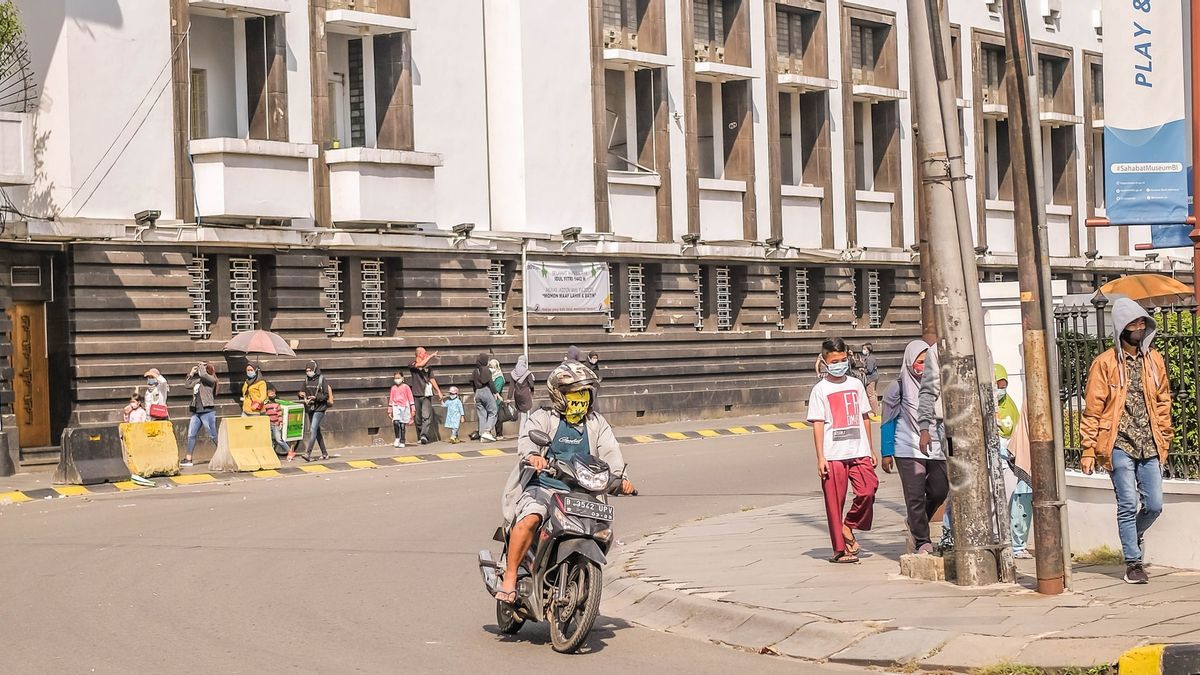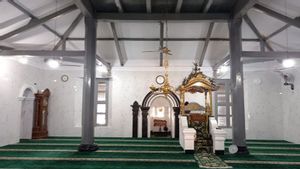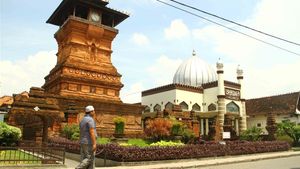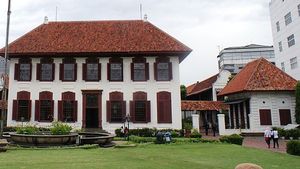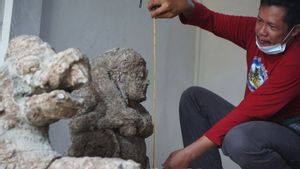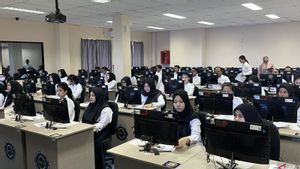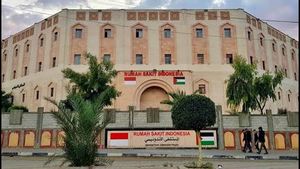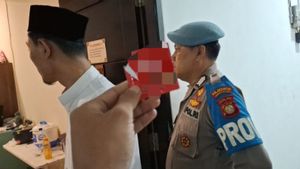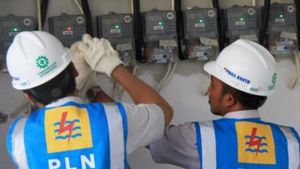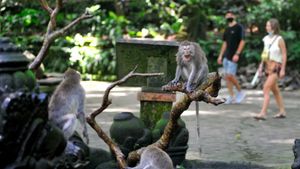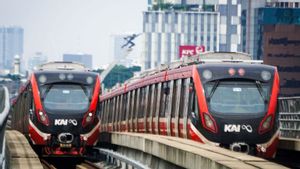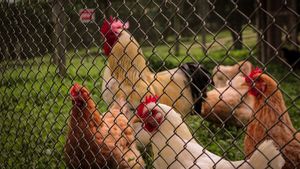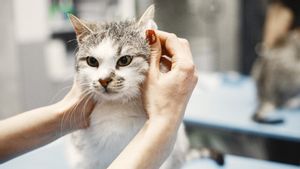JAKARTA - DKI Jakarta Governor Anies Baswedan has designated four buildings as cultural heritage in the capital city. Apart from having historical value for the development of Jakarta, it is also to be better managed and cared for.
"These cultural heritage objects can be managed properly and get more controlled treatment," said Head of the DKI Culture Service Iwan Henry Wardhana in Jakarta, Friday, April 8, quoted from Antara.
The four cultural heritage buildings are the former Sin Tek Bio Vihara, the Tio Tek Hong Store, the Compact Shop building, and the Eijkman Institute for Molecular Biology.
The determination of the building as a cultural heritage was carried out by DKI Jakarta Governor Anies Baswedan on Tuesday, March 15.
Iwan explained that the Sin Tek Bio Vihara, located in Pasar Baru, was designated as a cultural heritage based on the Governor's Decree No. 238 of 2022. This temple is estimated to have existed since 1698 and is part of the history of the development of the Pasar Baru area. The existence of this Chinese architectural-style monastery is a reflection of the diversity in people's lives in the Pasar Baru area at that time.
Furthermore, the building of the former Tio Tek Hong store, which was established through the Governor's Decree No. 239 of 2022. The building located in Central Jakarta is estimated to have existed since 1900 and is the first local record company to have an important role, especially for the Pasar Baru area.
Another historic building is Toko Kompak which is also located in Pasar Baru through Governor's Decree No. 240 of 2022. The shop building in the style of South China architecture was founded in the 19th century, which is the home of the 4th Majoor de Chinezeen Batavia.
In addition, through Governor's Decree No. 241 of 2022, Anies also established the Eijkman Institute for Molecular Biology as a cultural heritage.
The building, which was built in 1911-1914 in the Nieuwe Kunst architectural style, plays an important role in scientific research on tropical diseases.
"This building is a silent witness to the development of science in Indonesia and is the leading tropical medical research center in the world at that time," said Iwan.
SEE ALSO:
The English, Chinese, Japanese, Arabic, and French versions are automatically generated by the AI. So there may still be inaccuracies in translating, please always see Indonesian as our main language. (system supported by DigitalSiber.id)
